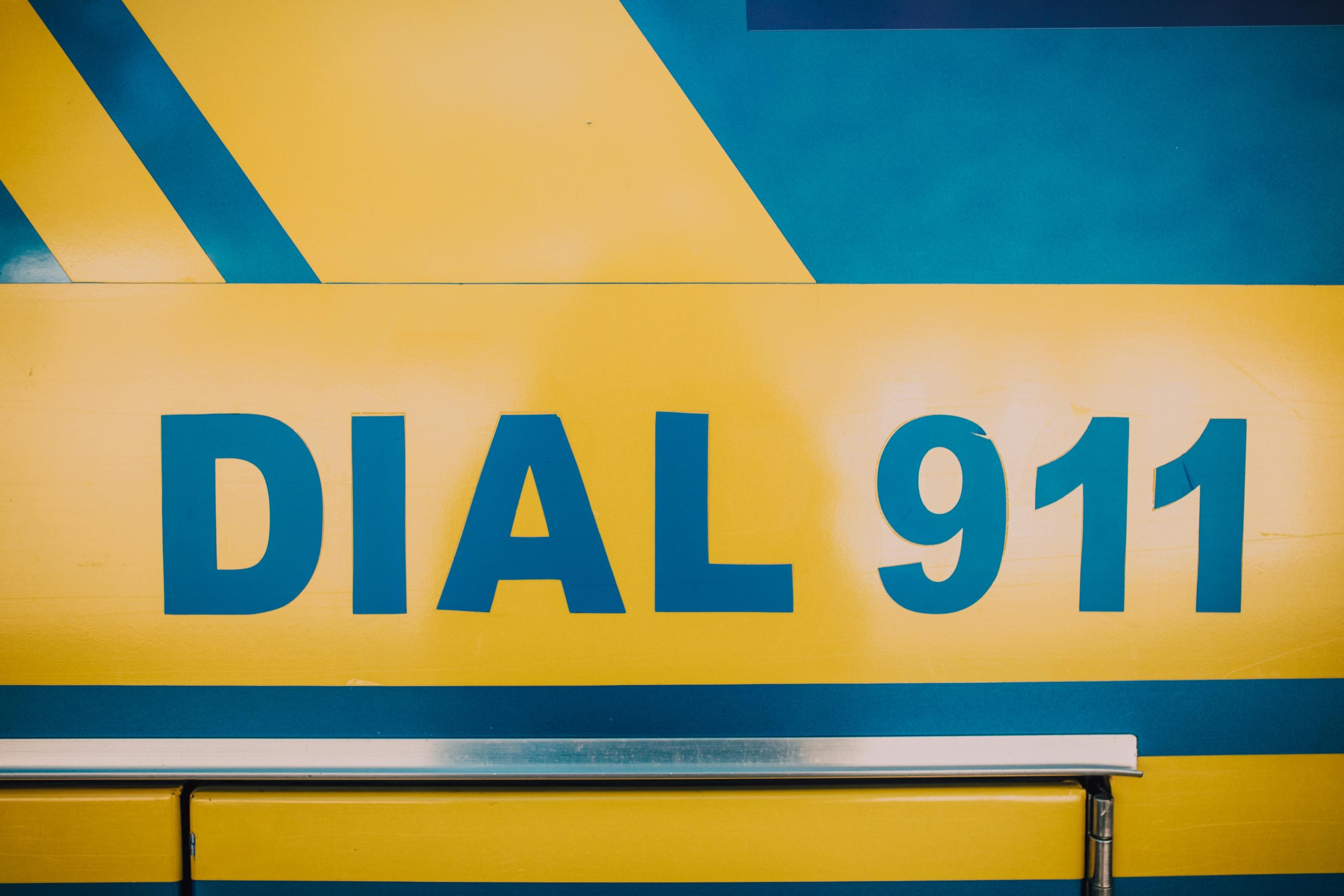Life is unpredictable. Whether it’s a sudden job loss, an unexpected medical bill, or a major car repair, financial emergencies can strike at any time. Without a safety net, these situations can quickly spiral into debt and stress. That’s where an emergency fund comes in—a financial cushion designed to help you weather life’s storms without derailing your long-term goals. In this guide, we’ll explore why an emergency fund is non-negotiable, how much you should save, and practical steps to build one.
What Is an Emergency Fund?
An emergency fund is a dedicated savings account reserved for unexpected expenses or financial crises. Unlike regular savings, which might be allocated for vacations or home improvements, this fund is strictly for emergencies—think medical bills, urgent home repairs, or covering essential expenses during unemployment.
Why It’s Different From Regular Savings
While saving for future goals is important, an emergency fund serves a distinct purpose:
- Immediate access: It should be liquid, meaning you can withdraw the money quickly without penalties.
- No guilt spending: Unlike dipping into vacation savings, using this fund is for true emergencies.
- Financial security: It prevents reliance on high-interest debt like credit cards or loans.
Why You Need an Emergency Fund Now
Many people assume emergencies won’t happen to them—until they do. Here’s why building an emergency fund should be a top priority:
1. Protects Against the Unexpected
No one plans for a flat tire, a broken furnace, or a sudden illness. Without savings, these expenses can force you into debt, creating a cycle that’s hard to escape. An emergency fund acts as a buffer, allowing you to handle surprises without financial strain.
2. Reduces Stress and Anxiety
Money worries are a leading cause of stress. Knowing you have a safety net can provide peace of mind, helping you focus on solutions rather than financial panic when emergencies arise.
3. Avoids High-Interest Debt
Relying on credit cards or payday loans in a crisis can lead to crushing interest rates. A well-funded emergency account means you won’t have to borrow money at unfavorable terms.
How Much Should You Save?
The ideal amount depends on your lifestyle, expenses, and risk tolerance. Here’s a breakdown to help you decide:
Starter Fund: $1,000
If you’re just beginning, aim for $1,000 as a mini emergency fund. This covers smaller unexpected costs while you work toward a larger goal.
Full Emergency Fund: 3-6 Months of Expenses
For long-term security, save enough to cover 3-6 months of essential living expenses (rent, groceries, utilities, etc.). This is especially crucial if you have irregular income or dependents.
When to Save More
- If you’re self-employed or work in an unstable industry, consider 6-12 months of expenses.
- Homeowners may need extra for potential repairs.
- Families should account for higher medical or childcare costs.
How to Build Your Emergency Fund
Saving thousands of dollars can feel overwhelming, but with a strategic approach, it’s achievable. Follow these steps:
1. Start Small and Set Milestones
Begin with a modest goal, like $500, and gradually increase it. Celebrate small wins to stay motivated.
2. Automate Your Savings
Set up automatic transfers from your paycheck or checking account to a dedicated savings account. Treat it like a non-negotiable bill.
3. Cut Unnecessary Expenses
Review your budget for areas to trim, such as dining out or subscriptions. Redirect those savings to your emergency fund.
4. Boost Your Income
Consider side gigs, selling unused items, or freelance work to accelerate your savings.
5. Keep It Accessible (But Not Too Easy)
Store your fund in a high-yield savings account for growth and liquidity. Avoid tying it up in investments that could lose value or charge withdrawal fees.
Where to Keep Your Emergency Fund
Accessibility and safety are key. Here are the best options:
- High-yield savings account: Earn interest while keeping funds FDIC-insured.
- Money market account: Offers slightly higher interest with check-writing privileges.
- Separate traditional savings account: Helps avoid temptation to spend.
Avoid stocks, bonds, or long-term CDs—these can be volatile or inaccessible when needed.
Conclusion
An emergency fund isn’t just a financial tool—it’s a lifeline. By starting small, staying consistent, and prioritizing this safety net, you’ll gain confidence and resilience against life’s uncertainties. Don’t wait for a crisis to strike; begin building your emergency fund today. Your future self will thank you.
